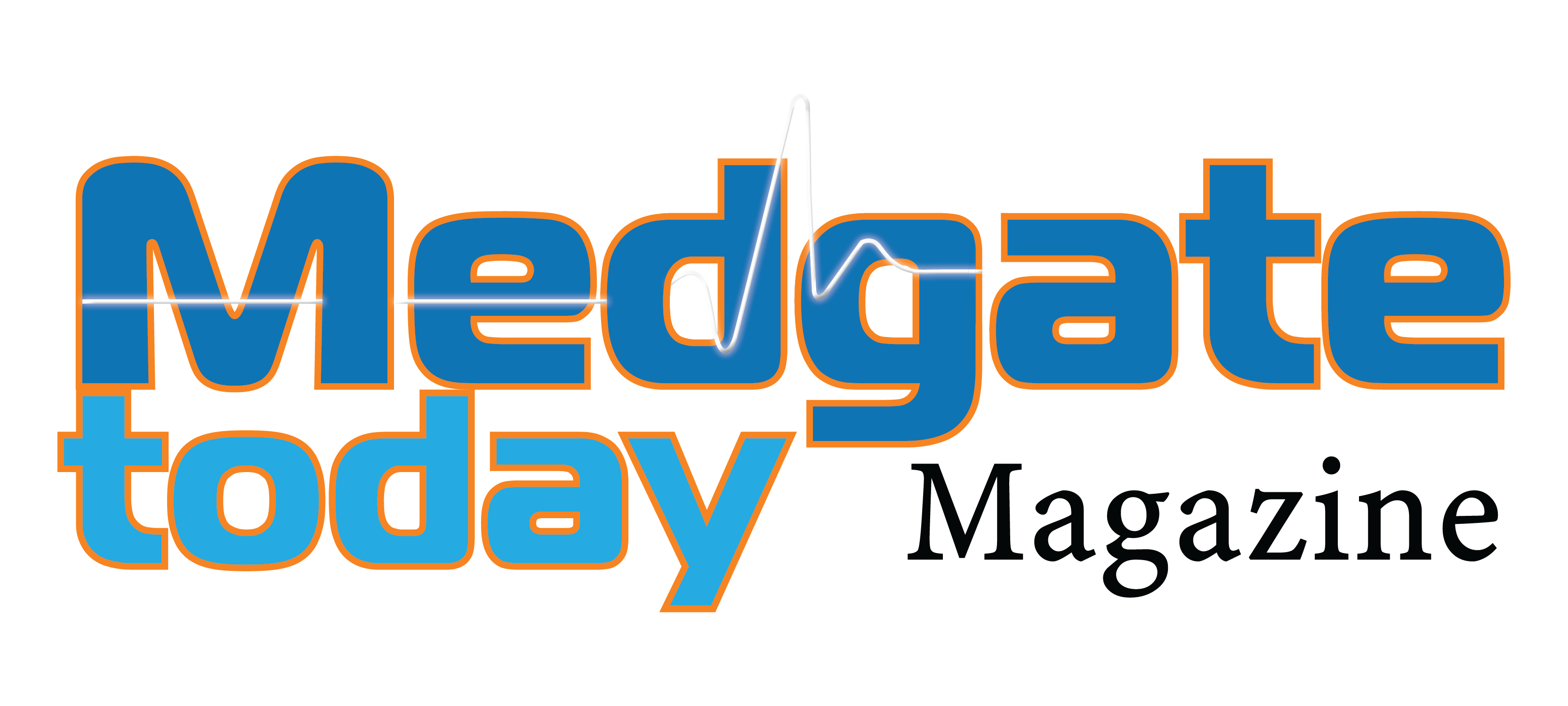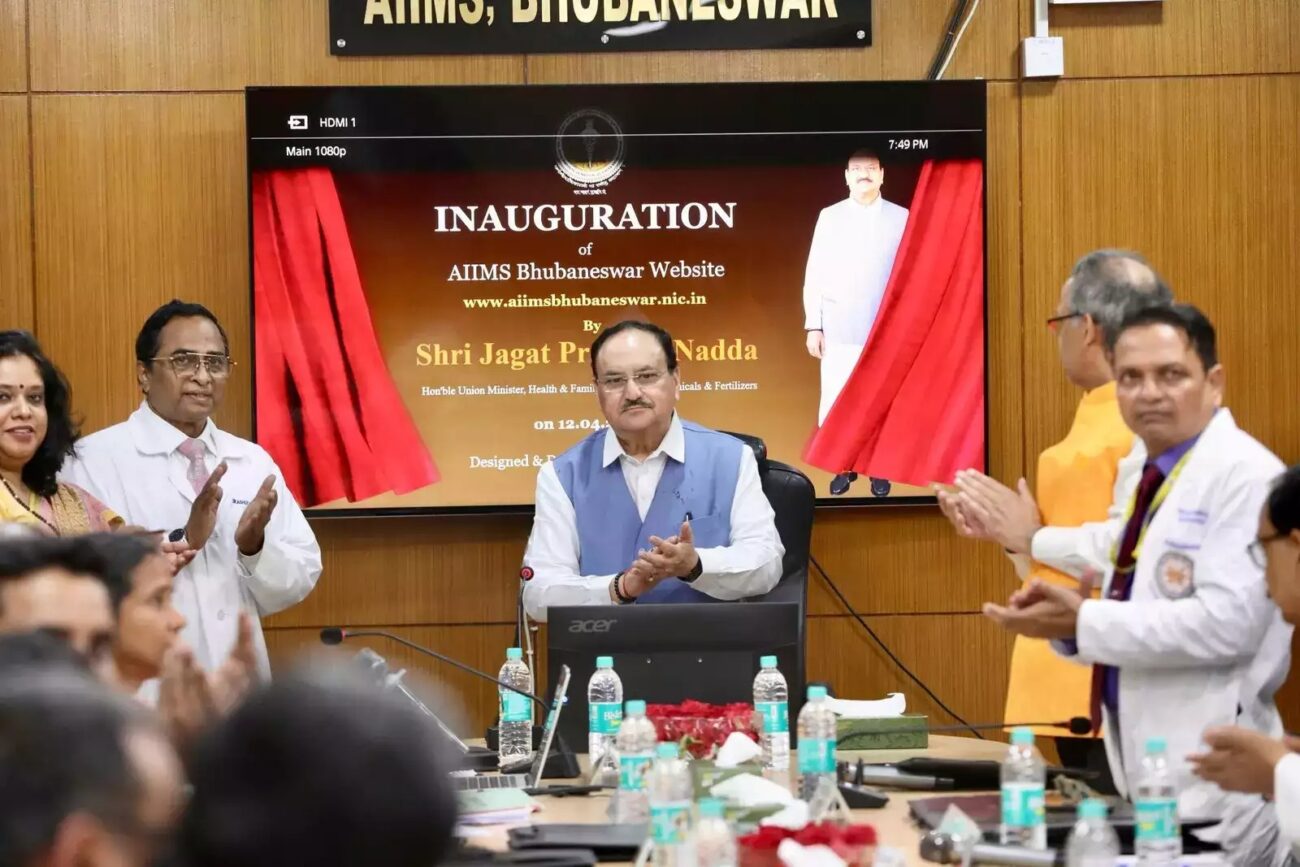Streamlined Approval Processes Anticipated for Medical Devices with New Classification Framework
The Indian medical device industry is set to undergo significant transformation as regulatory authorities introduce a new classification system aimed at simplifying approval processes. This initiative is expected to enhance efficiency, reduce time-to-market for medical

The Indian medical device industry is set to undergo significant transformation as regulatory authorities introduce a new classification system aimed at simplifying approval processes. This initiative is expected to enhance efficiency, reduce time-to-market for medical devices, and bolster the growth of the healthcare sector.
The Central Drugs Standard Control Organisation (CDSCO) has implemented a risk-based classification system for medical devices, categorizing them into four classes:
Class A: Low-risk devices
Class B: Low to moderate-risk devices
Class C: Moderate to high-risk devices
Class D: High-risk devices
This structured approach aligns with international standards, ensuring a more predictable and transparent regulatory environment. It aims to streamline processes and set clear pathways for medical device approvals, benefitting both manufacturers and consumers.
Decentralized Approval Processes
Under the new framework, the approval processes have been decentralized to enhance efficiency:
Class A and B Devices: Approvals are managed by State Licensing Authorities (SLAs).
Class C and D Devices: Approvals are overseen by the Central Licensing Authority (CLA).
This decentralization is anticipated to expedite the approval process, enabling manufacturers to bring products to market more swiftly and improve access to essential healthcare solutions across regions.
Industry Perspectives
Industry leaders have expressed optimism regarding the new classification system.
Rajiv Nath, Forum Coordinator of the Association of Indian Medical Device Industry (AiMeD), stated, “The revised classification framework is a welcome change. It not only aligns India with global standards but also facilitates a more efficient approval process, encouraging innovation and investment in the medical device sector.”
Ms. Sharma, Director of Regulatory Affairs at HealthEquip Ltd., commented, “Decentralizing approvals for lower-risk devices to state authorities is a strategic move. It reduces bottlenecks at the central level and accelerates access to essential medical devices, ultimately benefiting patient care.”
Dr. Reddy, CEO of MedTech Innovations, added, “This streamlined framework reflects the government’s commitment to fostering innovation and ensuring patient safety while reducing unnecessary regulatory delays. It’s a win-win for the industry and the public alike.”
Implications for Manufacturers
Manufacturers are advised to familiarize themselves with the new classification criteria and corresponding approval pathways. Engaging with the appropriate regulatory bodies—whether state or central—based on device classification is crucial for compliance and timely market entry. The new framework also emphasizes thorough documentation and adherence to quality standards, ensuring safer and more effective medical devices for consumers.
Conclusion
The introduction of the new classification system marks a pivotal advancement in India’s medical device regulatory landscape. By streamlining approval processes and decentralizing regulatory oversight, the framework is set to foster innovation, enhance market efficiency, and improve accessibility to medical devices across the nation.






